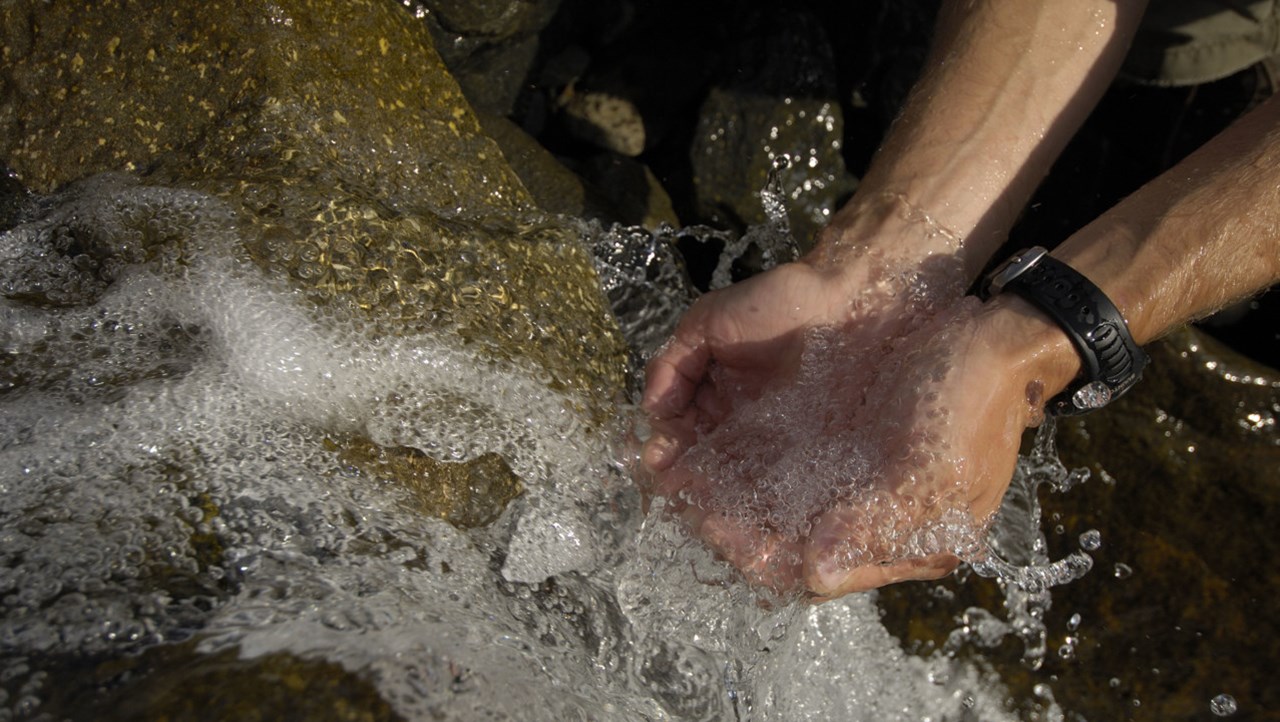Short facts
· Only 37 percent of the world’s longest rivers remain free-flowing
· Nearly 60,000 large dams exist worldwide, with more than 3,700 currently planned or under construction
· Climate change is a growing threat to river health worldwide, both from direct impacts and as countries increasingly turn to hydropower as a renewable energy option



